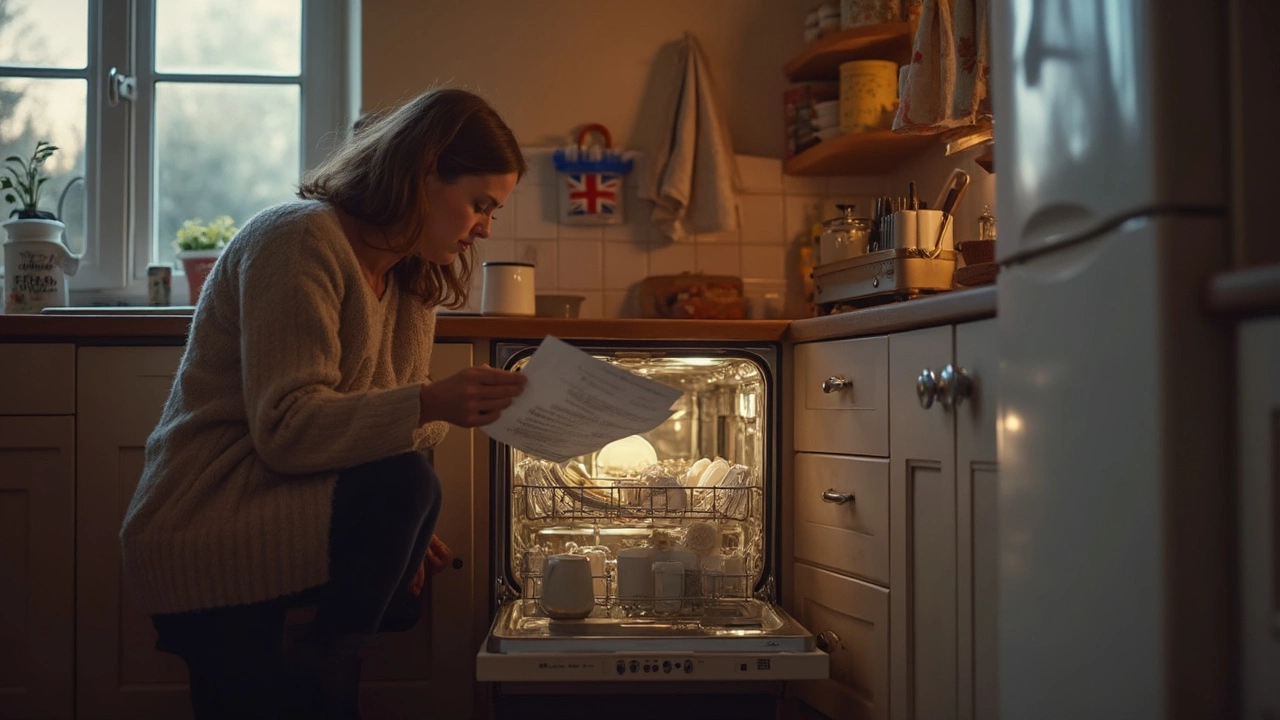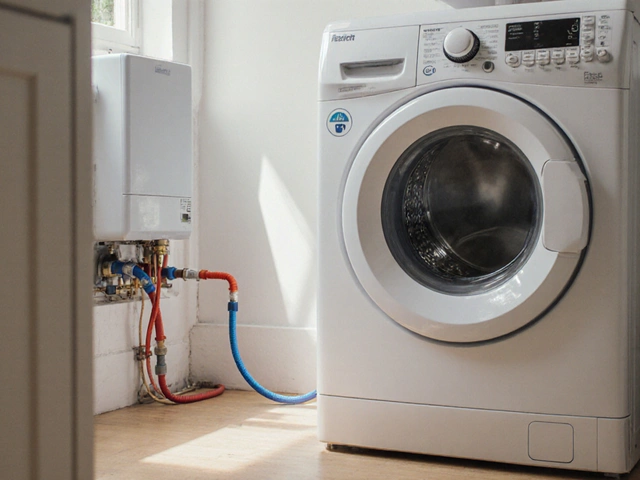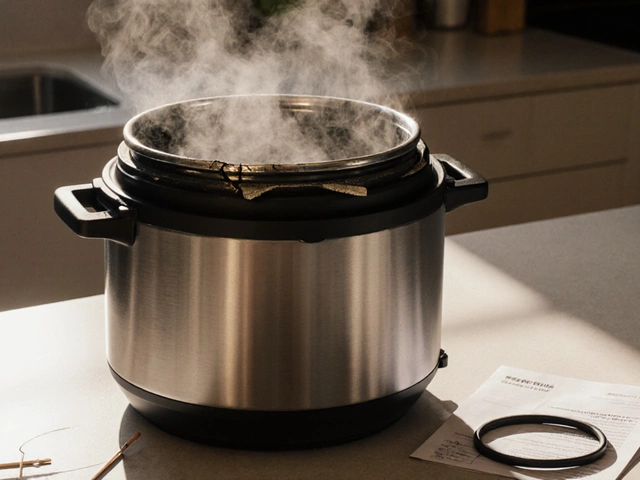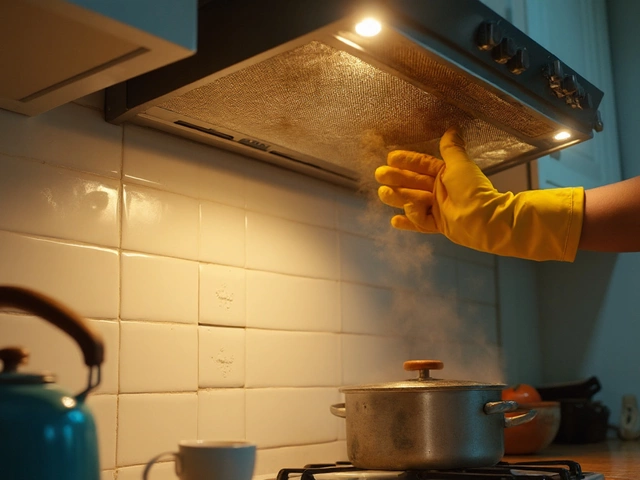Can a Washing Machine Run When the Boiler Is Broken? Full Guide
October 17 2025How to Diagnose a Dishwasher That’s Acting Up
If your dishwasher is leaving dishes dirty, making weird noises, or just won’t run, you don’t have to guess what’s wrong. A few quick checks can tell you if it’s a simple fix or something that needs a professional. Below we walk through the most common faults and what to look for.
1. The dishwasher won’t start
First, make sure the unit is getting power. Is the plug secure? Is the circuit breaker tripped? Reset the breaker and listen for a click when you press the start button.
Next, check the door latch. Most models won’t run if the door isn’t fully closed or the latch is broken. Open and close the door a few times, and watch the latch indicator if it has one.
If power and latch are fine, look at the control board or timer. A burnt‑out button or a loose connection can stop the cycle. You can usually see a loose wire by removing the inner panel – but only do this if you feel comfortable working with electricity.
2. Dishes aren’t getting clean
Dirty dishes are often a spray‑arm issue. Remove the lower arm, spin it by hand, and clear any food pieces that might be blocking the holes. Do the same for the upper arm.
Check the filter at the bottom of the tub. A clogged filter prevents water from circulating properly. Pull it out, rinse it under warm water, and reinstall.
Make sure you’re using the right detergent and the correct amount. Too much soap can leave residue; too little won’t cut grease. Also, the water temperature should be at least 120°F (49°C). Run a hot tap next to the dishwasher while it’s loading – if it’s not hot enough, you may need to raise the boiler temperature.
Inspect the pump and its impeller. If you hear a humming noise but no water movement, the pump may be jammed. Remove any debris you see, but don’t force the impeller.
3. Water won’t drain
Look at the drain hose. It should be free of kinks and positioned high enough to prevent back‑flow. A blockage can be cleared with a long brush or by flushing the hose with hot water.
The drain pump can also get clogged with food bits. Most pumps have a removable cover – open it, pull out any gunk, and spin the impeller to make sure it moves freely.
If the pump sounds fine but water still stays, the float switch might be stuck. The float sits near the bottom of the tub; push it up and down. If it feels stuck, clean around it.
4. Leaking water
Check the door gasket for cracks or hard spots. A worn gasket lets water escape during the wash cycle. Replace it if you see any damage.
Inspect the tub for cracks and the spray‑arm mounting bolts for looseness. Tighten any loose bolts and re‑seat the arms.
Finally, examine the water inlet valve. A leaking valve can drip into the tub even when the dishwasher is off. If you spot a steady drip, the valve likely needs replacement.
5. When to call a professional
If you’ve tried the steps above and the dishwasher still won’t work, it’s time to call a qualified gas engineer or appliance technician. Issues like a burnt motor, a failed electronic board, or a broken water inlet valve often require tools and parts that only a pro should handle.
Remember, trying to fix a complex electrical problem yourself can be dangerous. A quick call can save you time, money, and the headache of a broken appliance.
Armed with these simple checks, you can often pinpoint the problem before the technician arrives. That means a faster fix and a lower bill. Happy diagnosing!
 18 Apr
18 Apr
Dishwasher Problem Diagnosis: How to Figure Out What's Wrong
Ever had your dishwasher stop mid-cycle or leave dishes grubby? Pinpointing the root of a dishwasher problem isn't rocket science, but knowing the steps saves you time and money. This article breaks down the easiest way to spot common issues, from strange noises to soggy plates. I'll share troubleshooting tips and tell you what signs really matter. If you've got a confusing dishwasher glitch, here's where to start.
Read More...



